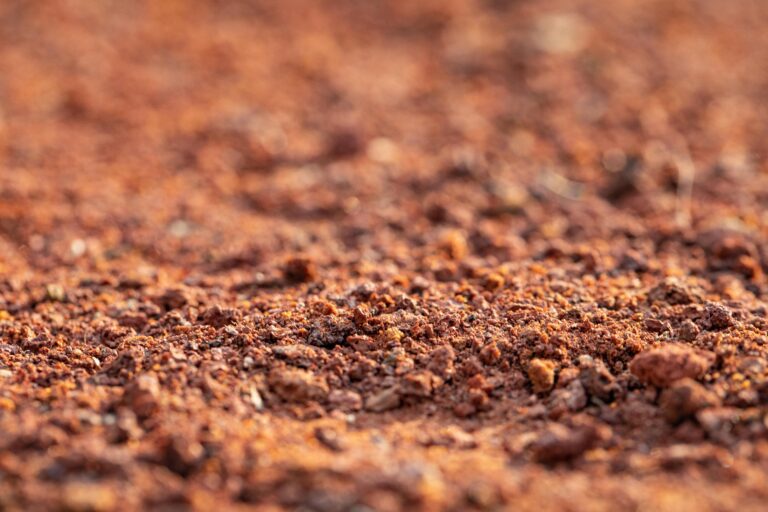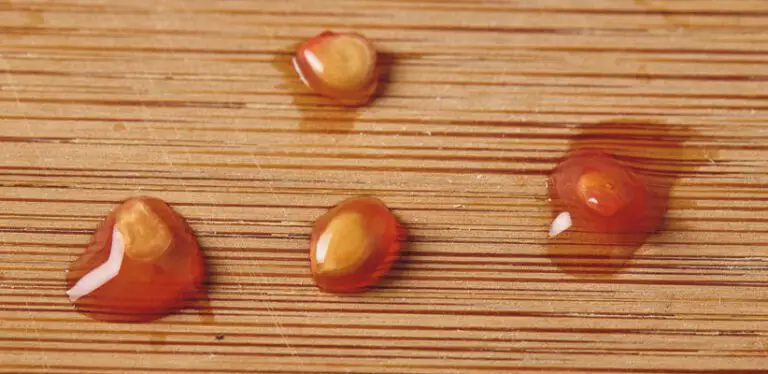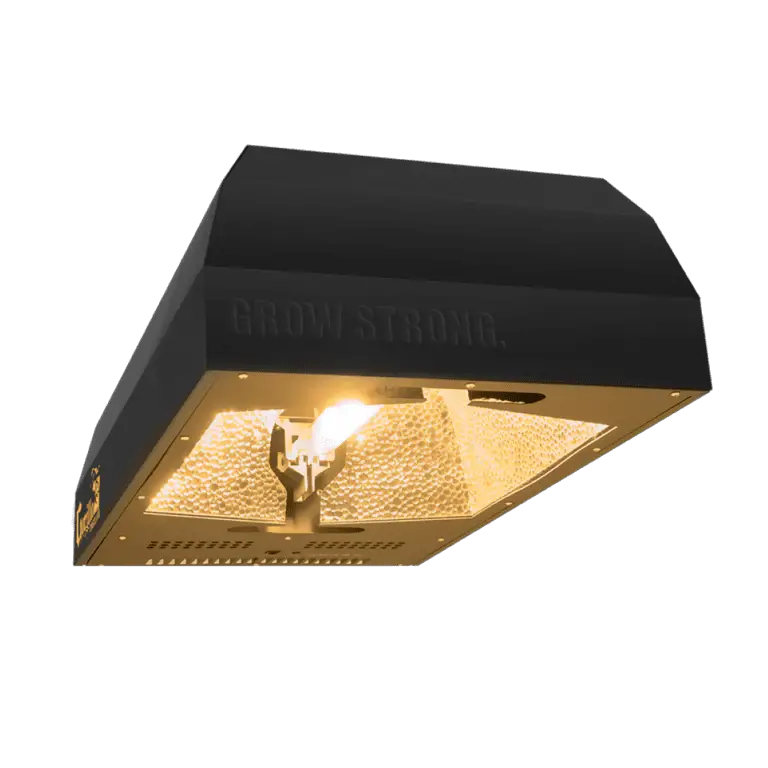Plant Training: How to Train and Trim Your Plants for Optimal Yield and Quality
Table of Contents
Plant Training: How to Train and Trim Your Plants for Optimal Yield and Quality
Training and trimming your plants is a crucial aspect of ensuring optimal yield and quality. By understanding the importance of plant training, you can enhance your knowledge and improve your gardening skills. When plants are trained and trimmed properly, they become more productive and healthy, resulting in higher yields and better-quality crops.
Identifying the right plant training techniques is essential to achieve the desired results. There are various methods to choose from, such as topping, super cropping, and low-stress training. Each technique has its own benefits and considerations, so it’s important to select the one that suits your specific plants and goals. By assessing different plant training methods, you can determine when and how to implement them effectively, maximizing the potential of your plants. Remember, proper training technique plays a significant role in shaping the growth and development of your plants, ultimately influencing the yield and quality of your harvest.

1. Understanding the Importance of Plant Training: Enhance your knowledge about the benefits and significance of training and trimming your plants for optimal yield and quality.
Plant training is a crucial practice for any gardener or plant enthusiast looking to optimize their yield and quality. By training and trimming your plants, you can enhance their overall health, productivity, and appearance. When plants are left to grow naturally, they often become bushy and uneven, leading to reduced light penetration, limited airflow, and lower yields.
One of the main benefits of plant training is improved light distribution. By strategically manipulating the shape and structure of your plants, you can ensure that each bud receives an adequate amount of light, ultimately boosting photosynthesis and promoting healthier growth. Additionally, training techniques such as topping and low-stress training can help increase the number of top colas, leading to a more uniform and higher-yielding crop.
Moreover, plant training can also enhance airflow within your growing space. When branches are pruned or trained properly, air can freely circulate around the plant, reducing the risk of mold, mildew, and other diseases. This improved airflow not only contributes to healthier plants but also promotes better nutrient absorption and more efficient transpiration. Ultimately, by investing time in training and trimming your plants, you can unlock their full potential and achieve the optimal yield and quality you desire.

2. Identifying the Right Plant Training Techniques: Explore various plant training techniques that can help you achieve desired results in terms of yield and quality.
When it comes to plant training, there are various techniques that can help you achieve optimal results in terms of yield and quality. Each technique has its own advantages and considerations, so it’s important to identify the right one for your specific needs.
One popular technique is topping, where the main stem of the plant is cut off to encourage lateral growth. This helps to create a bushier and more compact plant, which can maximize the number of bud sites and overall yield. Topping is commonly used in the early vegetative stage of growth.
Another technique to consider is super cropping. This involves gently bending the stems of the plants to create small knuckles or breaks, which can promote the development of new bud sites and increase overall yield. Super cropping is usually done during the vegetative stage when the plants are still flexible.
Low-stress training is yet another technique that can be highly effective. This method involves using gentle manipulation and tying down branches to encourage horizontal growth. By doing so, you can achieve a more even and uniform canopy, which allows for better light penetration and airflow. Low-stress training is typically implemented during the early stages of growth.
Understanding and implementing the right plant training technique can make a significant difference in the productivity and quality of your plants. Carefully consider the characteristics of your plants, the desired results, and the specific requirements of each technique to choose the most suitable method for your gardening needs.

3. Assessing Different Plant Training Methods: Learn about different methods such as topping, super cropping, and low-stress training, and understand when and how to implement them effectively.
When it comes to plant training, there are various methods that can be employed to enhance plant growth, increase yield, and improve overall quality. Three commonly used techniques are topping, super cropping, and low-stress training. Each method has its own unique benefits and considerations, and understanding when and how to implement them effectively is key to achieving optimal results.
Topping involves removing the top growth of the plant, typically the main stem or central cola. This technique promotes lateral branching, resulting in a bushier plant with multiple colas instead of a single dominant one. Topping is often used to control plant height and promote more even light distribution, which can lead to increased bud production. However, it is important to note that topping should be done during the vegetative stage to allow the plant enough time to recover and continue its growth cycle.
Super cropping, on the other hand, involves gently bending or pinching the stems of the plant to create small injuries. This technique stimulates the plant’s natural response to stress, causing it to redirect energy and resources to the affected area. As a result, the plants become stronger and more resilient, with thicker stems and increased nutrient uptake. Super cropping is commonly used to increase yield and improve plant structure, especially in indoor cultivation where space is limited. It is essential to be cautious when employing this method, as excessive bending or pinching can cause irreversible damage to the plant.
4. Selecting the Ideal Training Equipment: Discover the essential tools and equipment needed for plant training, ensuring you have everything necessary to achieve the best results.
Selecting the ideal training equipment is crucial for achieving the best results in plant training. Having the right tools and equipment on hand will not only make the training process more efficient but also ensure that you can effectively shape and guide your plants for optimal yield and quality.
One essential tool for plant training is a pair of high-quality pruning shears. These shears are designed to make clean and precise cuts, allowing you to remove unwanted branches, leaves, or buds with ease. Look for shears with sharp, durable blades and comfortable grips to minimize hand fatigue during long pruning sessions.
In addition to pruning shears, a trellis system is another indispensable piece of equipment for plant training. A trellis provides support for your plants and helps distribute their weight evenly, preventing branches from drooping or breaking under the weight of heavy blooms. There are various types of trellis systems available, including vertical netting, stakes, and cages, so choose one that suits your specific plant’s growth pattern and needs.
| Tool/Equipment | Description |
|---|---|
| Pruning Shears | Sharp, precision shears for precise pruning and shaping of plants during training. |
| Trellis or Plant Support | Provides structural support for plants, aiding in their proper growth and training. |
| Plant Ties or Soft Wire | Gentle yet sturdy materials for securing plants to trellises or guiding them during training. |
| Stakes or Bamboo Poles | Offers additional support and structure, especially for taller plants or those with heavy blooms. |
| Training Netting | A flexible mesh for creating an even canopy, ideal for optimizing light exposure and airflow during training. |
| Scissors or Micro-tip Pruners | Precise cutting tools for delicate trimming and detailed work during the training process. |
| Plant Training Clips | Clips designed to gently hold and guide plant branches, assisting in shaping and directing growth. |
| Gloves | Protective gloves to shield hands from thorns, cuts, or irritants while handling and training plants. |
| Adjustable Yoyo Hangers | Hanging devices that support the weight of branches, allowing for easy adjustment and training of plant canopy. |
| Plant Labels and Markers | Essential for keeping track of different plants, varieties, or stages of training in your garden. |
| Training Guides or Frames | Structures that provide a framework for training plants into desired shapes, such as screens or espalier frames. |
5. Creating a Training Schedule: Develop a schedule to guide your plant training activities, considering factors such as plant growth stages, strain characteristics, and personal preferences.
Developing a training schedule is an essential step to ensure the success of your plant training activities. By considering factors such as plant growth stages, strain characteristics, and personal preferences, you can maximize the effectiveness of your training techniques and achieve the desired results.
First and foremost, understanding the growth stages of your plants is crucial in determining when and how to implement specific training methods. Different stages, such as the vegetative and flowering stages, require different approaches to training. For example, during the vegetative stage, plants are more flexible, making it an ideal time for techniques like low-stress training. On the other hand, during the flowering stage, more gentle techniques such as trellising may be necessary to support heavy buds.
Furthermore, it is important to consider the specific characteristics of the plant strains you are working with. Each strain may have its own unique growth patterns, strengths, and weaknesses. By tailoring your training schedule to accommodate these characteristics, you can optimize the yield and quality of your plants. Additionally, considering your own personal preferences and goals can help you create a schedule that suits your specific needs and desires. Whether you prioritize maximizing yield, enhancing plant health, or achieving a particular aesthetic, understanding your own preferences will influence the training techniques and timing you choose.
6. Understanding Pruning Basics: Familiarize yourself with the basics of pruning, including the different types of cuts and their purposes in promoting plant health and productivity.
Pruning is an essential practice in plant training that promotes plant health and productivity. Familiarizing yourself with the basics of pruning, including the different types of cuts and their purposes, is fundamental for successful gardening. By understanding how and when to make specific cuts, you can encourage optimal growth and development in your plants.
One of the most common types of cuts used in pruning is the “heading cut.” This involves removing a portion of the stem, typically above a bud or branch. Heading cuts help stimulate new growth and branching by redirecting the plant’s energy towards the remaining buds. They are often used to control size, shape, and density in plants. Additionally, heading cuts can be employed to encourage fuller foliage and more compact growth.
Another type of cut used in pruning is the “thinning cut.” Thinning cuts involve the removal of an entire branch or stem, typically back to the main trunk or a lateral branch. Thinning cuts are useful for improving air circulation within the plant, reducing the risk of disease and pest infestation. They also promote light penetration, which is crucial for the development of healthy and productive plants. Thinning cuts are often used to eliminate weak or diseased branches, as well as to create an overall balanced and aesthetically pleasing plant structure.
Understanding the purposes and techniques behind different types of cuts allows you to take control of your plants’ growth and shape. By applying these pruning basics, you can promote plant health and productivity, resulting in a thriving garden.
7. Properly Pruning for Optimal Yield: Learn how to identify and remove specific plant parts, such as suckers and lower branches, to maximize your plant’s yield potential.
Pruning is an essential practice in plant training that can significantly impact the overall yield potential of your plants. By learning how to properly identify and remove specific plant parts, such as suckers and lower branches, you can maximize the quality and quantity of your harvest.
Suckers, also known as lateral shoots, are small branches that grow from the base of the plant or from leaf axils. These suckers divert valuable nutrients and energy away from the main stem, reducing the plant’s overall productivity. By promptly removing suckers, you can ensure that the plant’s resources are focused on developing strong and healthy main stems, which can lead to higher yields.
Similarly, lower branches that receive less light than the upper canopy may become unproductive and hinder the growth and development of the rest of the plant. By selectively removing these lower branches, you can improve airflow, reduce the risk of pests and diseases, and redirect the plant’s energy towards the productive and upper parts of the plant. This practice not only optimizes the plant’s yield potential but also enhances the overall quality of the harvest by improving bud development and resin production.

8. Enhancing Air
Enhancing air circulation in your garden is crucial for the health and productivity of your plants. Proper airflow helps to regulate temperature, humidity, and CO2 levels, all of which are vital for optimal growth. Moreover, improving air circulation can minimize the risk of fungal diseases and pests, ensuring that your plants stay strong and vibrant.
There are several effective strategies to enhance air circulation in your garden. Firstly, spacing your plants adequately is essential. Providing enough room between each plant allows for better air movement and prevents crowding, which can lead to increased humidity and the spread of diseases. Additionally, pruning your plants regularly can help create a more open canopy, allowing air to flow freely through the foliage. Removing any dead or diseased leaves and branches is also crucial, as they can obstruct airflow and attract pests.
Consider installing fans or implementing natural ventilation methods to further improve air circulation. Fans can be strategically placed to direct airflow towards the plants and create a gentle breeze. Alternatively, you can utilize natural wind patterns by positioning your garden in an area where it can benefit from prevailing winds. Furthermore, adding reflective materials, such as white mulch or a reflective covering, can help bounce light onto lower leaves and promote upward airflow.
By implementing these practices, you can significantly improve air circulation in your garden, ultimately maximizing the health and productivity of your plants. Remember, a well-ventilated garden is a thriving garden.
| Tip | Description |
|---|---|
| Spacing Plants Adequately | Ensure proper distance between plants to enhance air movement and prevent overcrowding. |
| Regular Pruning | Maintain an open canopy through consistent pruning, facilitating unrestricted airflow through the foliage. |
| Remove Dead or Diseased Parts | Prevent obstruction and pest attraction by promptly removing dead or diseased leaves and branches. |
| Install Fans | Use fans strategically to direct airflow towards plants, creating a gentle breeze that promotes a healthier garden. |
| Utilize Natural Wind Patterns | Position your garden to benefit from prevailing winds, optimizing natural airflow and ventilation in the garden. |
| Reflective Materials | Enhance upward airflow by incorporating reflective materials such as white mulch or a reflective covering. |
What are the benefits of plant training and trimming?
Plant training and trimming can enhance yield and quality by promoting better light distribution, increasing airflow, and optimizing plant growth.
How do I choose the right plant training technique?
The choice of plant training technique depends on factors such as plant strain, growth stage, and personal preferences. Experiment with techniques like topping, super cropping, and low-stress training to find what works best for your plants.
When should I implement different plant training methods?
The timing of implementing plant training methods depends on the growth stage of your plants. For example, topping can be done during the vegetative stage, while low-stress training is best done during early vegetative growth.
What equipment do I need for plant training?
Essential tools for plant training include pruning shears, plant ties or clips, stakes or trellises, and training screens or nets. Having these tools ensures you can effectively train your plants for optimal results.
How do I create a training schedule for my plants?
To create a training schedule, consider factors such as the growth stages of your plants, strain characteristics, and personal preferences. Plan specific training activities for each stage to ensure consistent and effective training.
What are the basics of pruning?
Pruning involves making different types of cuts, such as thinning cuts to remove excess foliage and heading cuts to encourage lateral branching. Understanding these basic pruning techniques is essential for plant health and productivity.
How can I prune my plants to maximize yield?
To maximize yield, identify and remove specific plant parts that may hinder growth and productivity, such as suckers and lower branches. Pruning these parts allows more energy to be directed towards the development of larger and higher-quality buds.
Are there any other techniques to enhance air circulation around plants?
Yes, aside from plant training and trimming, you can also consider using fans or installing proper ventilation systems to improve air circulation around your plants. This helps prevent the buildup of stagnant air and reduces the risk of pests and diseases.

Beck Wakeford is a dedicated writer at SouthElMonteHydroponics, with a fervent enthusiasm for agriculture and technological innovation. Armed with a degree in Agricultural Engineering from a leading university, Beck specializes in hydroponic systems design, automation, and optimization. Their passion for merging traditional farming with cutting-edge technology drives them to explore novel solutions for sustainable food production. Beck’s expertise and keen interest in the intersection of engineering and agriculture make them a valuable asset in the quest for efficient and eco-friendly farming practices. Through their writing, Beck aims to inspire others to embrace the potential of hydroponics in shaping a more sustainable future.





